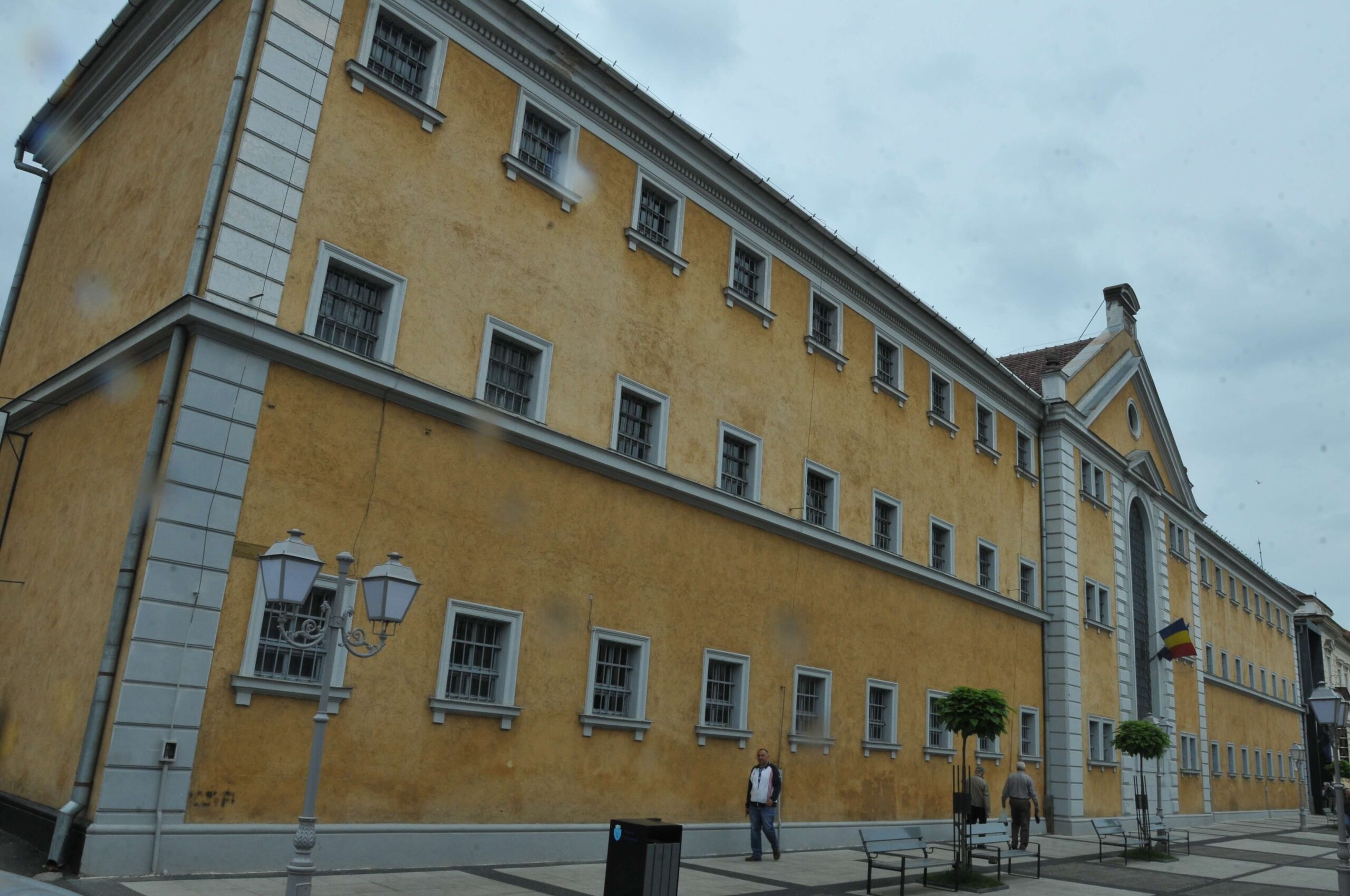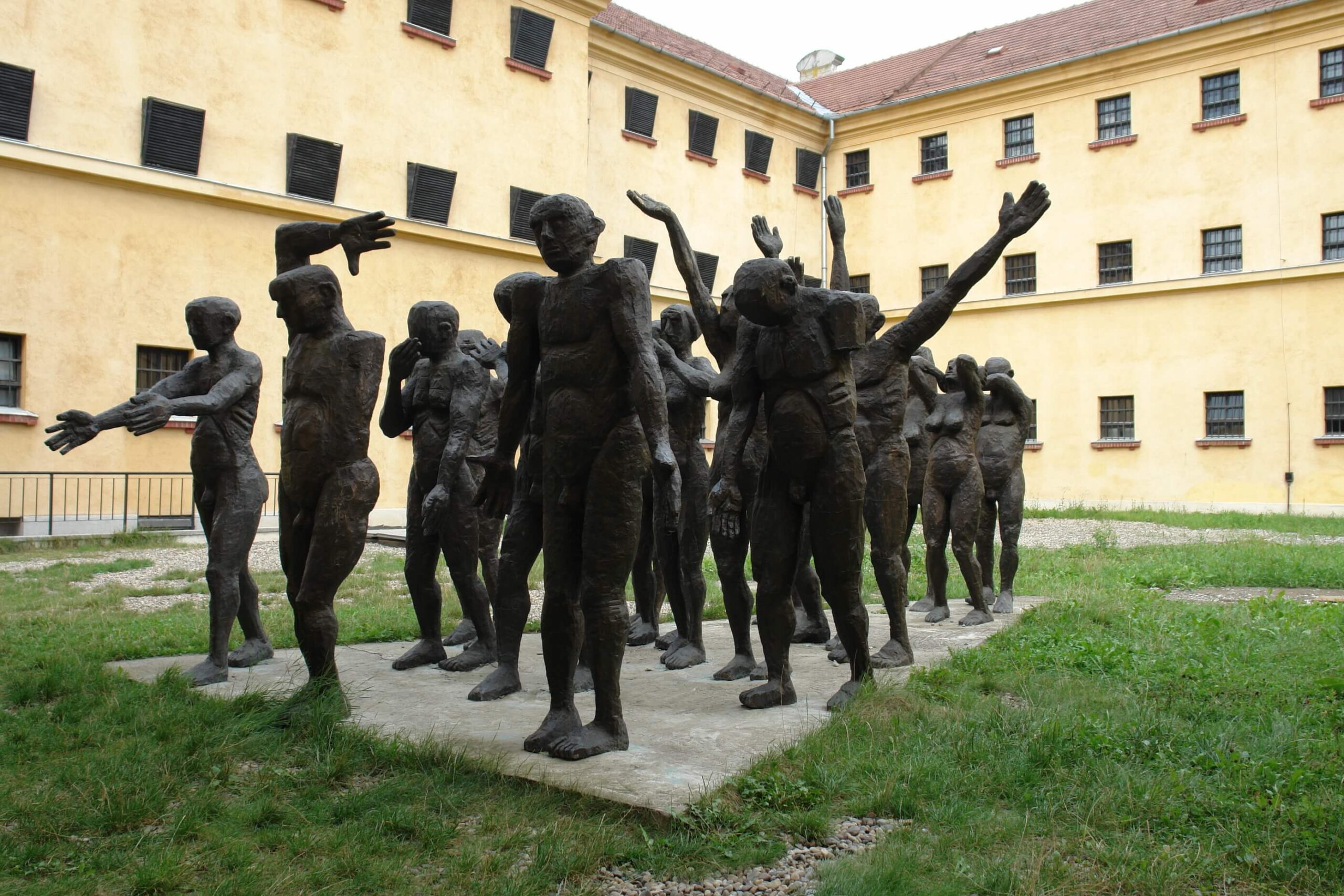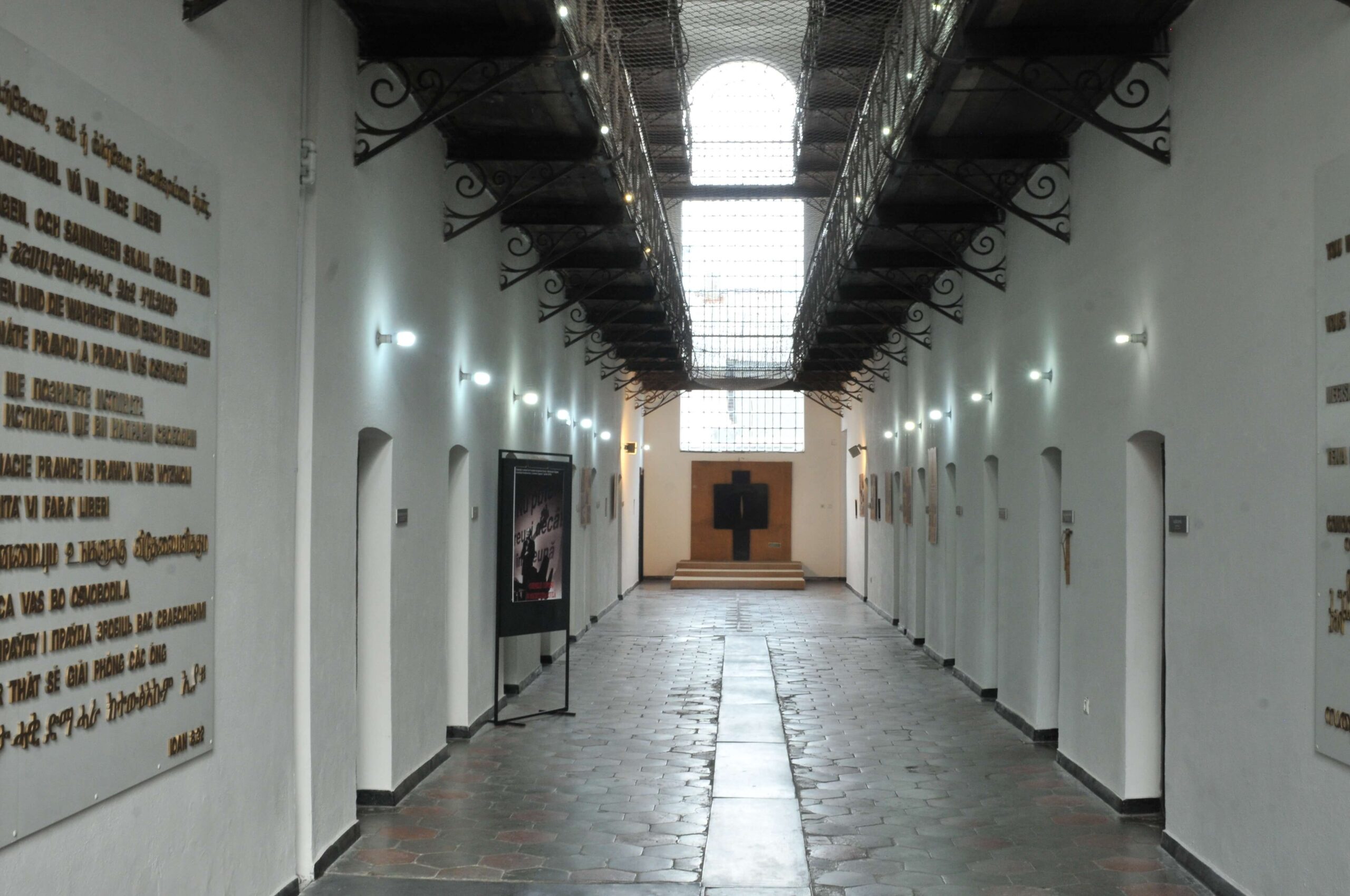This website uses cookies so that we can provide you with the best user experience possible. Cookie information is stored in your browser and performs functions such as recognising you when you return to our website and helping our team to understand which sections of the website you find most interesting and useful.
The Sighet Memorial



The EHL Site
The Memorial to the Victims of Communism and to the Anticommunist Resistance was established in 1993 when the well-known Romanian writers Ana Blandiana and Romulus Rusan presented the project of such a Memorial to the Council of Europe, which decided to take it under its aegis in 1995.
In 1997, the Romanian State has declared the Sighet Memorial a “site of national interest” and in 2018, the Memorial was included on the list of European Heritage Label Sites.
The main goals of the Memorial are civic education, youth education, to reconstruct and preserve the memory of those nations, and of the Romanian nation in particular, whose historical memory was deliberately falsified for half a century.
The Memorial is made up of the museum housed in the former Stalinist prison in Sighet and the International Centre for Research into Communism and the Exhibition Space, both located in Bucharest.
The former prison, which became the world’s first memorial to the victims of communism, is now a backdrop to what happened under communism in Romania and the other countries of Eastern Europe. In each cell, converted into a museum room, can be found a thematic or chronological detail of the political malformation that brought death and suffering—both inside and outside prison walls—throughout the twentieth century in Europe.
A number of exceptional works of art round off Memorial’s profile. The works, donated by their authors, are striking for their symbolism of willing sacrifice.
Every year, guided tours of the museum are organised, competitions and special classes on the subject of recent history are held for schoolchildren, and there’s educational opportunities for higher education students from undergrad to PhD. As part of the National Ministry of Education’s “School Differently” programme, thousands of schoolchildren from all over the country visit the Memorial.
Over the years, the Sighet Memorial has become an important cultural space for the town, a venue for theatre performances, concerts, film screenings, poetry recitals, history exhibitions, and exhibitions of contemporary art. The annual number of visitors to the museum is almost three times the town’s population, so thanks to the museum’s large number of visitors we contribute to the economic development of the local community.
European dimension
The Sighet Memorial has played an active part in the development and promotion of the common values that underpin European integration.
Begun in 1993, the Memorial is Europe’s first memorial to the victims of communism, and its symbolic value resides precisely in having been the first to open a new perspective on the history of the previous five decades in Europe. By taking the Memorial project under its aegis, the Council of Europe marked the symbolic moment from which the history of the last century and even the present began to be understood also from the viewpoint of the victims of communism.
Thanks to this essential change, in 1998 the Sighet Memorial, alongside the Auschwitz Memorial and the Peace Memorial in France, was named one of the foremost sites of European remembrance. A symbolic triad commemorating the three forms of historical hatred was thus formed: race hatred, class hatred, and war. The trauma of the last five decades was thereby transformed into an argument for the unity of Europe, with past suffering becoming part of the shared heritage.
A number of conferences held by the Council of Europe, e.g. Delphi (1998), Santiago de Compostella (2000), were devoted to discussion of the shared European heritage, and Ana Blandiana and Romulus Rusan, the Memorial’s founders, brought to the discussion the idea that suffering was part of the human heritage, an idea that was adopted in the official conclusions, and that mutual knowledge of others’ suffering could become an instrument for the genuine unification of our continent.
The Memorial publishes books, organises travelling exhibitions and the Sighet Summer School. The Memorial is unique thanks to the fact that it is also an institute for research, museology and education, transforming memory into a path not to the past but to the future.
In 2013, on the twentieth anniversary of the Memorial, celebrated at Europe House in Paris and bringing together French historians, collaborators of the Memorial, the unanimous answer to the question: “Can memory be taught?” was, based on the argument of the Memorial’s very existence, a resounding YES.
The organization
The Memorial to the Victims of Communism and to the Anticommunist Resistance is made up of the Museum – located in Sighet – and the International Center for Studies into Communism – based in Bucharest.
The development of the project was assumed by a non-governmental organization, the Civic Academy Foundation which today organises and administrates the Memorial.
The museum is set up in a former communist political prison, where between 1950 and 1955 the political, cultural, economic and religious elite of interwar Romania was imprisoned.
The museum was inaugurated in 1997 and today has 60 rooms. Each cell of the former prison has become a museum room in which the main topics concerning the communist repression, the destruction of the rule of law, and its replacement with a totalitarian system, not only from Romania, but from other communist countries also, are traced in chronological order.
An important part of the Memorial’s Museum is the Paupers’ Cemetery, situated 2,5 kilometres away from the former prison. Those who died in prison starting with 1952 were buried secretly at night here. Here a park of memory has been conceived, a place of commemoration not only for those who died in the Sighet prison, but for all those who were exterminated by the communist regime in Romania.
The second main part of the Memorial is the International Centre for Studies into Communism. The creation of the Sighet Museum was preceded and then supported by the activity of the Centre for Studies into Communism, which has a number of departments:
- The Editorial Department (until now 10 book collections, 115 titles, 46.000 pages were published)
- Oral History Department (which comprises over 6.500 hours of recordings)
- Archive (tens of thousands of archived documents, photos, audio and video tapes)
- The Research Department (main projects: „Political prisoners who died in prison during the communist period” and „Census of the prison camp population in Romania, 1945-1989”)
- The Department for Exhibitions (approximately 60 permanent exhibitions realized at the Sighet Memorial Museum and 13 traveling exhibitions)
